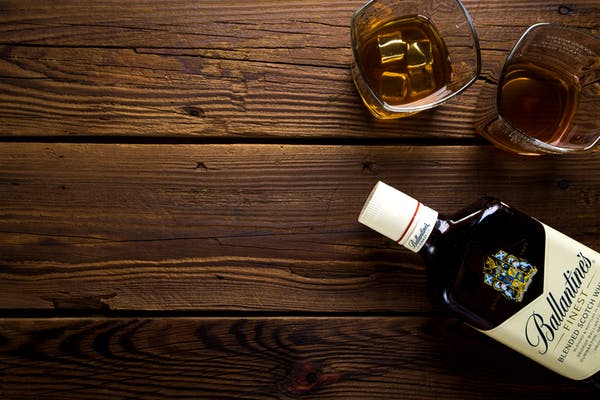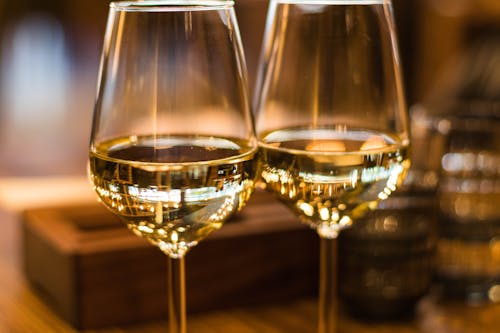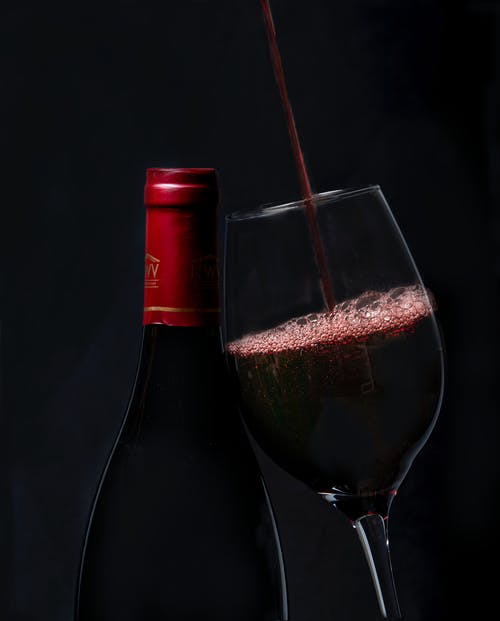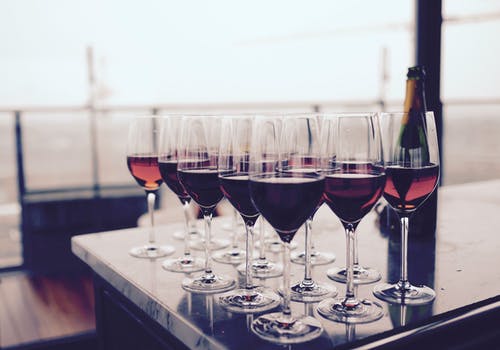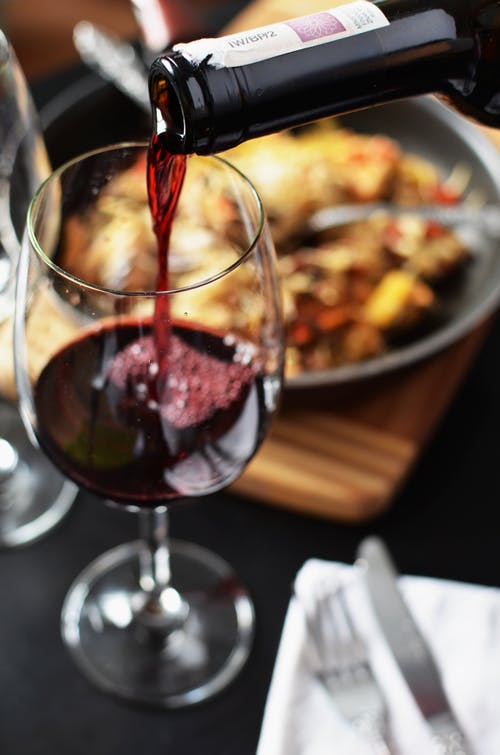Wine is a staple of social gatherings, a beverage that helps to mark a special occasion, or to help one wind down after a stressful day. However, drinking too much wine can soon lead to wine addiction, a serious issue that affects an estimated 3.7 percent of adults in the United States. Those suffering from wine addiction experience physical and psychological signs of dependency, as well as other serious health issues. Therefore, it is important to understand what wine addiction is, as well as how to recognize and get help for this complex problem.
Generally, wine addiction is defined as a recurrent pattern of alcohol abuse that involves drinking more wine than one intends to or for a longer time than intended. People who suffer from this problem will also engage in drinking behaviors that are dangerous to themselves or others. It’s also important to note that wine addiction is considered to be a form of substance abuse, and not a sign of weakness or a mental health disorder.

The signs and symptoms of wine addiction can vary greatly from person to person, but there are several common warning signs that can indicate a problem. These signs include drinking larger amounts of wine than usual, needing more wine to achieve the desired effects, drinking wine on a daily basis, developing a tolerance to the effects of wine, and experiencing withdrawal symptoms when not drinking. In addition, those suffering from wine addiction may experience health problems related to excessive drinking, such as liver disease, heart disease, high blood pressure, and stroke.
It can be difficult to admit that there is a problem with wine addiction, but if you or someone you know is showing signs of excessive drinking, it is important to seek help. The best place to start is to speak with a trusted medical professional who is familiar with the symptoms and dangers of wine addiction. He or she can help to evaluate the situation and recommend the best course of action and ways to get help for the individual in need.
It is also important to remember that recovering from wine addiction is possible, and that those suffering from this problem are not alone. A recovery program can be customized to meet the individual’s specific needs, and can include counseling, support groups, or cognitive behavioral therapy, to name just a few. There are also support organizations that are dedicated to guiding those with alcohol dependency through the process of recovery.
Wine addiction is a serious problem, and it is important to recognize the signs and symptoms, and to seek help in order to prevent further deterioration of the individual’s physical and mental health. With the right care and support, it is possible to break free from wine addiction and lead a healthier and more fulfilling life.



